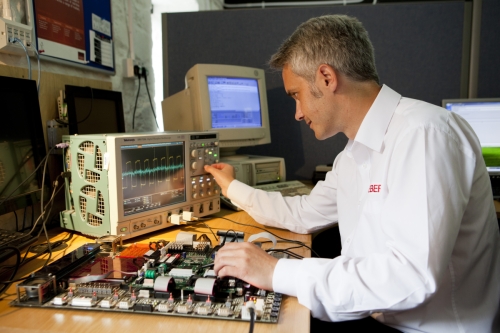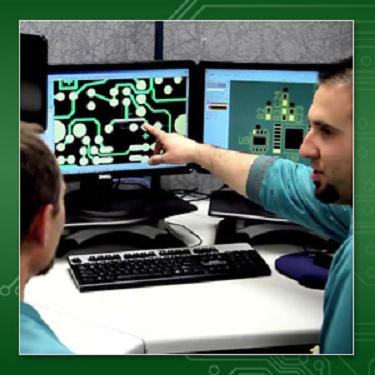Expertise in the incorporation of a reasonable number of distinct skills and the ability to manage multiple design constraints are the two main things required for designing and developing electronic systems for the industry. Important skills like robust domain knowledge and experience, skilled design implementation and verification, and leveraging the best in-class design methodologies and tools, are a must have for design teams.
The term Electronic System Level (ESL) Design was first defined by Gartner Dataquest as:”the utilization of appropriate abstractions in order to increase comprehension about a system, and to enhance the probability of a successful implementation of functionality in a cost-effective manner.” Let’s find out on how to really go about designing an electronic system.

An Outline
Typically in Electronics System and Product Design, the system or the product is to be thought of as a concept to be created. L R Subramanyan, Chairman at Visiting faculty at IIT-B & Chairman of Seto Teknolog Pvt Ltd says, “First and foremost, the ‘what’, ‘why’ and ‘how’ aspects of the concept to be created need to be analyzed.” Next, a proof-of-concept must be developed followed by developing something like a bread-board design or the circuit design, which would eventually show that the proposed idea does work. Subsequent to that, the next stage would be the product development stage where there would be some specifications or some requirements that must be met.
Subramanyan notes, “If it’s your own product or system, it would be your own specifications. If it’s a contract based product, the specifications would depend on the customer.” After having completed the basic design and getting it principally approved by the user or the client, the next step would be assembling the whole system and perform a verification of it to check if it’s working to the final specifications.
Perhaps, an additional certification by government bodies would also be required in some cases. Finally, after all these processes are accomplished, we enter the stage to prepare for the production of the pilot batch and re-run the product.
Finalising the design

Finalising the design is extremely important as the design should have achieved the desired output from the product, and it must be clear and jotted down to clear any confusion. To assist in finalizing the design, various members of the organization could chip in like the marketing professionals, engineers and manufacturers. “Bigger or mega projects would include more people such as the test team, industrial designers, logistics and support,” believes Subramanyan. The final go or no-go decision must be made. After the decision is made to go ahead with the project, the reviews, evaluation tests and field tests are performed. Finally, this phase is completed when the design is finished, appropriately tested and is hence manufacturable. Therefore, the design phase is very critical.
In the production hand-off stage, having completed the design of the product, it’s handed over to the manufacturer for production. Once the design team has gone through everything, the design is handed over to production house – large scale or small scale – depending on the type of project. “It’s important to ensure that all the open issues are closed(especially in the case of embedded related projects) and the design is validated,” notes Subramanyan.
Again, all the marketing professionals and engineers come into the picture to decide a suitable time for the product to be released. Citing an example, Subramanyan says, “In the case of refrigerators, the slack season would be monsoon. So it’s important that the production is minimum during the slack season and maximum during the summer season.”
He further adds, “The components that go in the making of the product must also be very carefully chosen.” Most of the components are easily available where as few of them are not easily available over-the-table. These two things are the most important things to be taken care of particularly in this field of electronics.










